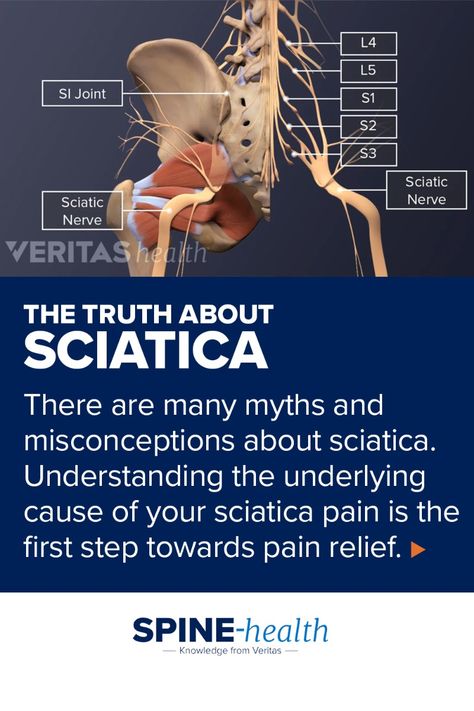Sciatica is a common condition that causes pain along the sciatic nerve, which runs from the lower back down through the legs. Seniors are particularly susceptible to sciatica due to age-related changes in the spine, such as degeneration, herniated discs, or spinal stenosis. Understanding how to manage and treat sciatica in seniors can improve their quality of life and mobility. Here’s everything you need to know about sciatica treatment for older adults.
What Is Sciatica?
Sciatica refers to the pain caused by irritation or compression of the sciatic nerve, which can lead to sharp, burning, or tingling sensations in the lower back, hips, and legs. The pain can range from mild discomfort to severe, debilitating pain that makes it difficult to walk or move.
In seniors, sciatica is often triggered by age-related changes in the spine, such as:
Degenerative Disc Disease: The discs in the spine lose their cushioning over time, which can lead to nerve compression.
Spinal Stenosis: Narrowing of the spinal canal can put pressure on the sciatic nerve.
Arthritis: Joint inflammation can contribute to nerve irritation and pain.
Recognizing Sciatica in Seniors
Symptoms of sciatica can vary, but common signs include:
Pain radiating from the lower back down one leg
Numbness or weakness in the affected leg
Difficulty standing up or walking due to shooting pain
Tingling or burning sensations in the lower back, buttocks, or legs
It is important to seek medical attention if a senior experiences these symptoms, as prompt diagnosis can prevent the condition from worsening.
Treatment Options for Sciatica in Seniors
Sciatica treatment in seniors focuses on pain relief, reducing inflammation, and improving mobility. Treatment options range from conservative methods to more advanced interventions depending on the severity of the condition.
Medications
Pain Relievers: Over-the-counter pain relievers, such as acetaminophen or non-steroidal anti-inflammatory drugs (NSAIDs), are often the first line of treatment to alleviate pain and reduce inflammation.
Muscle Relaxants: These medications may be prescribed to relieve muscle spasms associated with sciatica.
Corticosteroid Injections: In cases of severe pain, a doctor may administer corticosteroid injections to reduce inflammation around the nerve and provide short-term relief.
Physical Therapy
Physical therapy is a key component of sciatica treatment in seniors. A physical therapist will design a program tailored to the individual's condition, focusing on exercises that strengthen the back and core muscles, improve flexibility, and promote better posture.
Stretching exercises are particularly effective in relieving nerve pressure and preventing future flare-ups.
Hot and Cold Therapy
Alternating hot and cold compresses can provide relief by reducing inflammation and promoting circulation. Cold packs can numb the painful area, while heat therapy can soothe tense muscles.
Chiropractic Care and Massage Therapy
Chiropractic adjustments and massage therapy can help alleviate nerve pressure and reduce muscle tension in the back and legs. These treatments aim to improve spinal alignment and relieve pain without invasive procedures.
Lifestyle Modifications
Weight management is crucial for seniors with sciatica, as excess weight puts added pressure on the spine. Adopting a healthy diet and engaging in regular physical activity can improve overall spine health.
Avoiding prolonged sitting or standing and using supportive footwear can also help prevent sciatic nerve irritation.
Assistive Devices
Depending on the severity of the pain, seniors may benefit from using assistive devices such as walkers or canes to reduce pressure on the lower back while walking.
Surgical Intervention
Surgery is generally considered a last resort for treating sciatica in seniors and is typically reserved for cases where conservative treatments have failed, or the patient is experiencing severe, persistent pain, or nerve damage.
Common surgical options include discectomy (removal of the herniated portion of a disc) or laminectomy (removal of part of the vertebra to relieve pressure on the nerve).
Preventing Sciatica Flare-Ups
While sciatica can often be managed with proper treatment, it is important to take steps to prevent future flare-ups. Seniors can reduce the risk of sciatica by:
Engaging in regular low-impact exercise, such as swimming, walking, or yoga
Maintaining a healthy weight to reduce pressure on the spine
Practicing good posture when sitting, standing, and lifting objects
Staying active and avoiding prolonged periods of inactivity
When to Seek Medical Help
Seniors experiencing sudden or severe sciatica symptoms should seek medical attention immediately, especially if there is a loss of bowel or bladder control, significant weakness in the legs, or inability to move. These could be signs of more serious conditions, such as cauda equina syndrome, which requires emergency care.












